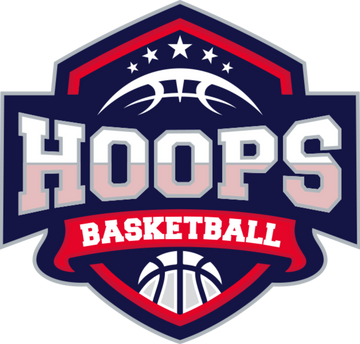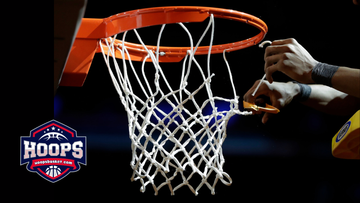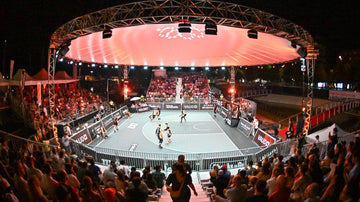The power forward (also known as the “four”) is an integral part of any basketball team that intends to play with toughness and physicality.
Traditionally, the power forward is a player who is bigger and stronger than the point guard, shooting guard, and small forward, but a bit shorter and quicker than the center.
The power forward is primarily considered an interior player that scores in the post.
But depending on the offense, they will most likely also have to be comfortable on the perimeter in order to be considered dominant.

Difference Between a Power Forward and Small Forward
When it comes to the forward positions - there are two types: Power Forward and Small Forward. What’s the difference? It’s all in the names. A Power Forward is usually bigger than the Small Forward. Small forwards are typically shorter, quicker, and leaner than power forwards and centers, but typically taller and larger than either of the guard positions.
A Small Forward isn’t going to be able to match up and defend the bigger players like a Power Forward. On the other hand, a Small Forward is more versatile than a Power Forward because they’re not limited to inside the three-point line.
4 Tips for a Power Forward
Now that we know what traits make for a strong power forward and what that power forward should be responsible for on the court, let’s talk about what a player can do to improve in those areas.

- Work on Back-to-the-Basket Post Moves
The power forward is not always considered a team’s primary offensive threat, but they must still be able to score in the low post when given the opportunity.
Players that have a number of reliable back-to-the-basket post moves have become more rare in today’s game, and so have truly dominant power forwards.
This is not a coincidence.
In order to be a truly dominant power forward on the offensive end of the court, you must have at least one “go-to” move in the post, and other options you are comfortable using as well.
Developing those post moves will require breakdowns against live post defenders.
- Do Live Contact Rebounding Drills
As mentioned earlier, the power forward’s most important role on the team is as a rebounder.
While a number of the traits that make a great rebounder (size, instinct, toughness, etc) are somewhat natural, they can be worked on as well.
Any game-speed defensive breakdown drill that requires a power forward to box out another player who is actively pursuing a rebound, or any offensive drill that requires a power forward to fight for position against a defender, can improve a player’s rebounding ability.
Live drills with real shot attempts will teach a player to react to rebounding angles and also will force them to become more comfortable with initiating contact.
- Get in Great Shape
In order to make hustle plays, defend the other team’s strongest players, and bring energy to the court, you must be in great shape.
A dominant power forward is expected to provide a variety of threats on the offensive end, to bring toughness and grit to the defensive end, and to give effort for rebounds on both ends.
Doing all of those things for a full game at any level requires great conditioning.
As strength is a necessary trait of a dominant power forward, weight lifting must also be coupled with this conditioning.
A player’s physical conditioning and strength are often built in the off-season, but must be maintained during the season as well.
- Don’t be “Just” a Post Player
As mentioned above, no power forward will be considered truly dominant if he is only a physical presence who can push people around.
It helps, of course, but the great ones are the players who also have the skill to play on the perimeter when necessary.
Any player who can add serviceable ball handling and shooting will be a much more threatening power forward, and they will also be more capable of playing positionless basketball.
Focusing on solely post moves to score in the paint or solely on weight lifting to improve strength can limit versatility for a power forward.
While both are certainly necessary, you must work on ball handling and shooting to compliment those post moves, and also improve agility and athleticism to compliment brute strength.

Conclusion
A power forward can be an integral part of your team if he has things like size, strength, and toughness.
Traits that every coach wants all of their players to have.
However, a power forward can be dominant if he couples those traits with great physical conditioning, the willingness to make selfless plays, and the versatility to both defend and rebound and also score from multiple spots on the court.
The player who provides that rare combination to become a dominant power forward can bring that same toughness and energy out of his teammates, and ultimately can be the driving force behind your team’s overall identity.





